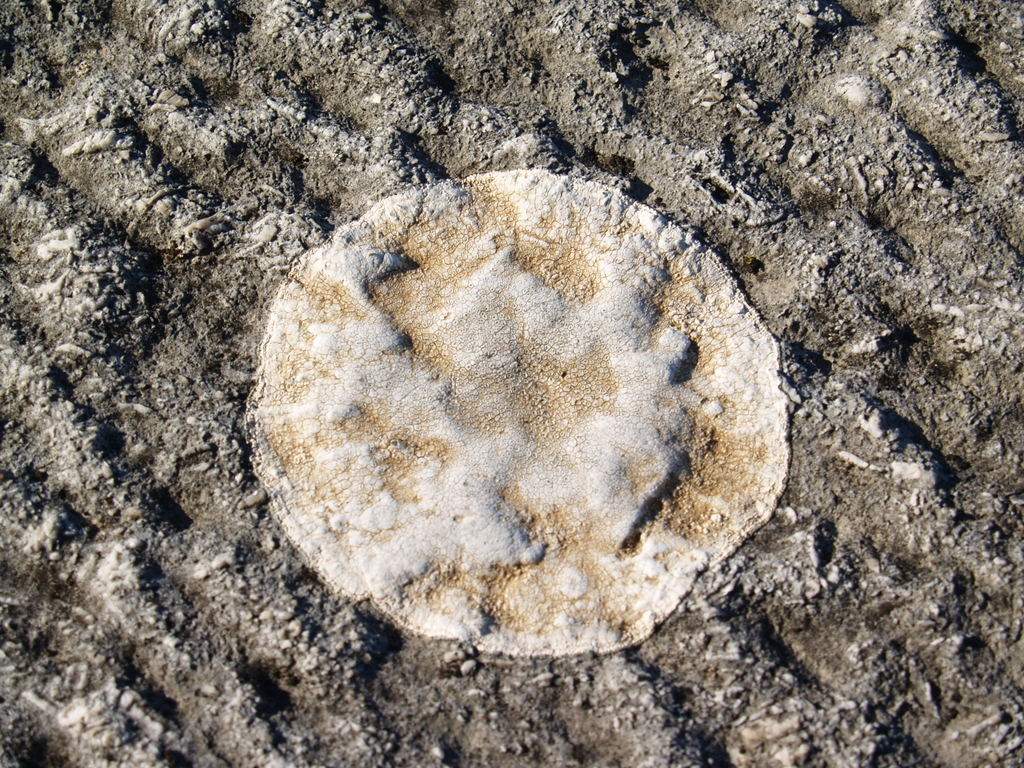Lichens are known for their slow growth rates (Photo 1). Lichenometry is a branch of lichenology (the study of lichens) that exploits this property. By studying annual lichen growth rates, the age of lichens can be determined based on their diameter.
This can be very useful because based on the age of lichens it is possible to estimate when a certain geological event took place. For example, the age of lichens can tell us when a rockslide occurred or when rocky material such as moraine rock or glacial till was deposited by glaciers and when the glaciers melted. Such facts are important in geomorphological studies and in glaciology and climatology. Lichenometry can also be important in archaeology, by helping to determine the age of historical constructions. Rhizocarpon geographicum is the lichen most widely used in lichenometric studies. It grows on silicate rocks (Photo 3) and is rare in Croatia. Many other lichen species can also be used in lichenometry.

Photo 2. Lichens on a glacial erratic boulder on Mt Platak. We assume that since the melting of the glacier, lichens have probably overgrown and covered the surface of the boulder multiple times, suggesting that the succession of lichen vegetation on a carbonate substrate is a complex process. (Photo by M. Randić)
Photo 3. The lichen Rhizocarpon geographicum and vegetation on silicate rocks in the Alps (Drawings by Ana Randić, Nina Randić and Marko Randić).





